What are seismic studies? (Seismic studies)
roseroofing canda: Seismography is the scientific study of elastic wave propagation in the earth and is known as one of the branches of geophysics. Using the information obtained from elastic waves, they reconstruct the layers inside the earth. Seismography was created for the scientific study of the origin of earthquakes and the resulting waves. Seismic waves are the same sound waves with a wider frequency spectrum and are divided into two general types of volume waves (body waves) including pressure waves (P-waves), shear waves (S-waves) and surface waves (Surface waves) including Rayleigh waves (Rayleigh waves). ), Love waves are classified.
vibration detection
Seismology itself is divided into two main groups: earthquake and petroleum. In the earthquake branch, earthquake waves, which are sound waves, are studied. By recording earthquake waves, a lot of information is obtained from different layers of the earth. In the oil sector, seismic information is obtained by creating artificial seismic waves on the surface of the earth and receiving the reflection of these waves from within the subsurface layers.
Due to economic reasons and the importance of oil exploration, seismography has found many applications in the energy industry, which is divided into two groups: exploratory seismography in two dimensions and development seismography in three dimensions and four dimensions.
Types of seismic waves
The types of seismic tests are as follows:
Seismography by the boundary fracture method
Shallow reflection seismography
Petite-Seismic
Downhole seismic
Crosshole seismic
Refraction seismography
Types of seismography
Determination of soil dynamic parameters
The study of soil behavior under the effect of dynamic loads is called soil dynamic behavior. This behavior is strain dependent and includes the following:
Dynamic module
Young’s modulus
Buckling modulus and shear modulus
Poisson’s ratio
Constant and variable pressure coefficient
Fixed and variable shear coefficient
damping coefficient
Liquefaction parameters
Characteristics of resistance to deformation
Foundations and foundations are subjected to dynamic pressure from machinery, construction, explosions, water waves, earthquakes, etc. Earthquake waves provide the most critical conditions. Due to the unpredictability of ground movements during the earthquake, there is a possibility of settlement, settlement and lateral movement of the structure.
The spread of earthquake-induced damage in soil is related to the dynamic behavior of soil, which is covered by nonlinear cycles and soil resistance parameters. Ground response is used for:
Prediction of displacement of ground surfaces for design based on response spectrum
Investigation of dynamic stress and strains to assess the risk of liquefaction
Determination of earthquake forces
Analysis of the special spectrum of the building
The design of conventional structures is usually done by emphasizing the period of the first mode of the structure. Conventional structure means a structure that does not have severe irregularities and its structural system is one of the systems introduced in the regulations and its height is within the range determined by the design regulations.
In these structures, the force on the structure can be calculated using a concept called spectrum. The types of spectra that exist in the design regulations are called the standard design spectrum and the special construction spectrum.
The spectrum of the standard design is calculated by the regulations and to use it, you only need to have the period of the first mode of the structure, the level of seismicity of the area, the level of importance of the structure, the type of construction soil and also the structural system. The special spectrum of construction is used in important structures.
The spectrum curve of the standard design of the regulation is obtained with the help of statistical methods and acceleration mapping; But in relation to important structures, more accurate calculations are needed to calculate the spectrum of the design to improve the accuracy of the results. In these cases, the regulations suggest the use of the special construction design range instead of the standard design range.
According to the description of the regulations, this range is determined by using the characteristics of earthquakes in the construction area and according to the geological, tectonic, seismological characteristics, the level of risk and the characteristics of the soil in different layers of the construction and by applying a damping ratio of 5%.
Analysis of the special spectrum of the building
Seismic hazard analysis
Earthquake conditions of the construction and the diversity of the soil type of the location of the structure and various equipment have made it inevitable to analyze the seismic risk of the construction in important seismic improvement projects. Due to the increasing number of seismic improvement projects of buildings and vital arteries in the country, there is an increasing need for special seismic risk analysis for the construction of projects.
One of the appropriate approaches to determine the seismicity of areas that face a lack of information and data is probabilistic assessment. In this method, using a probabilistic approach, the potential risk of earthquake is investigated. The measure of riskiness of different areas in this study is obtained in the form of the maximum spectral acceleration, such as the different levels of risk presented in the valid regulations of the world.
Seismicity
Geotechnical and seismic studies are necessary in all structures
Today, conducting geotechnical and seismic studies and surveys for any structure is a scientific and accepted principle. The basis of the geotechnical design of any structure depends on the geotechnical information of the same structure, and the role of the allowable resistance, settlement coefficients, elasticity coefficient and seismic parameters of the soil is not hidden from anyone. It is not possible to obtain the mentioned information except through geotechnical surveys.
The application of geotechnical knowledge never depends on the number of floors and the type of building. When a stress is applied to the ground, it is fake

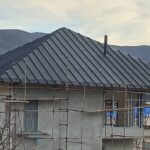
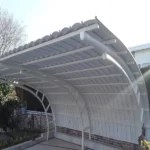
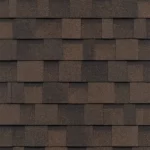
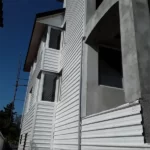
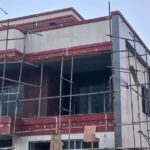
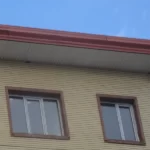

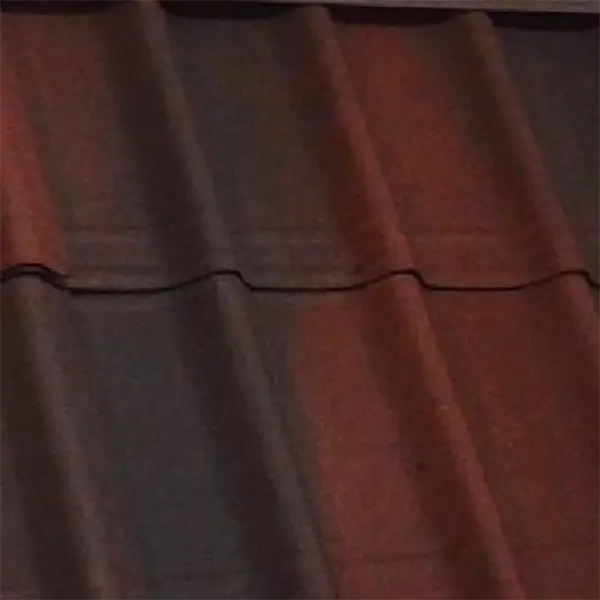
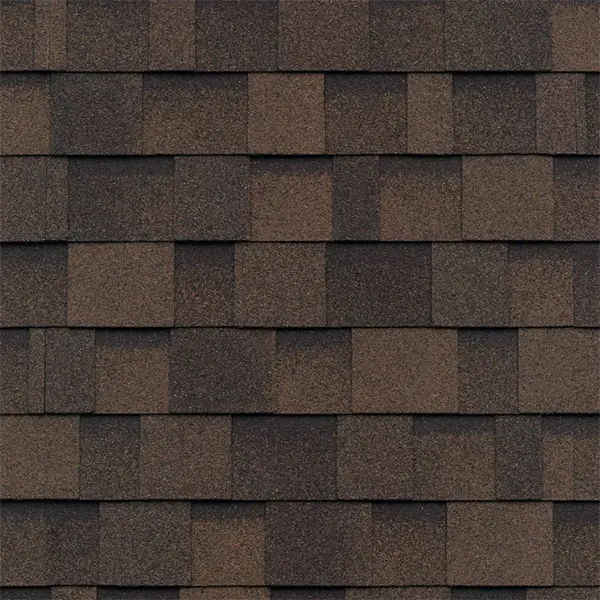



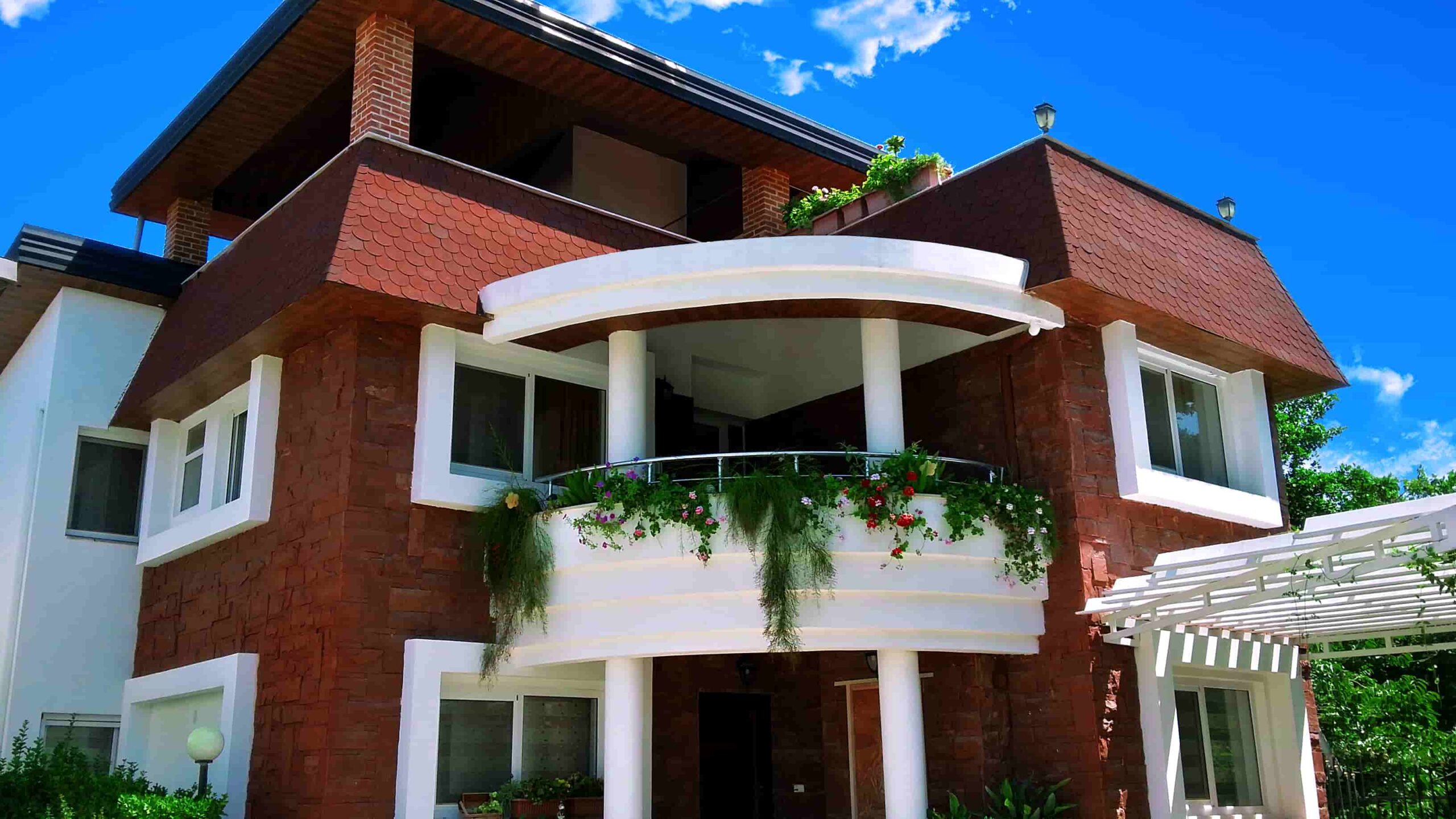
No comment